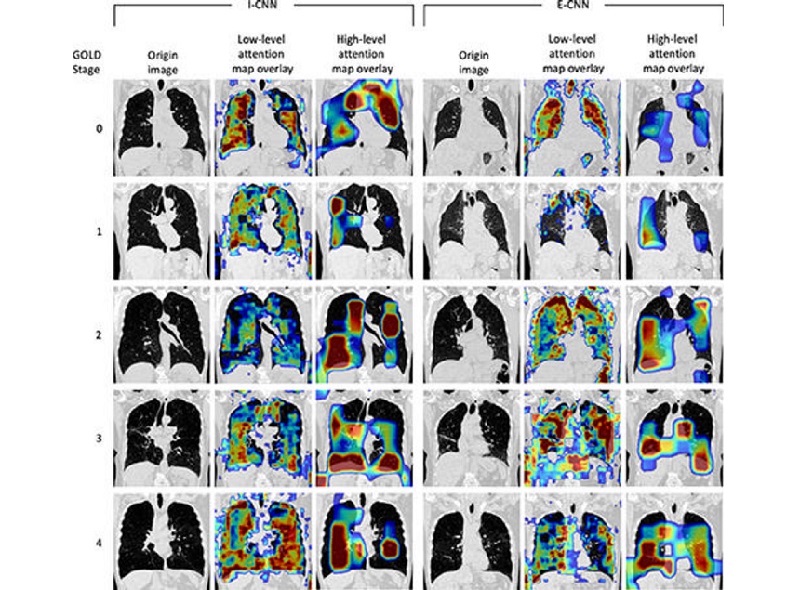Deep Learning Model Accurately Diagnoses COPD Using Single Inhalation Lung CT Scan
Posted on 23 Dec 2024
Chronic obstructive pulmonary disease (COPD) is a progressive lung condition that impairs breathing and is characterized by symptoms like shortness of breath and fatigue. It is the third leading cause of death worldwide, according to the World Health Organization, and currently, there is no cure for COPD. Spirometry, or pulmonary function testing, is commonly used for diagnosing COPD, as it measures lung function by assessing the volume of air inhaled and exhaled, along with the exhalation speed. Additionally, CT imaging of the lungs is also used to aid in COPD diagnosis, typically requiring two image acquisitions: one during full inhalation (inspiratory) and another during normal exhalation (expiratory). However, some hospitals face challenges with implementing the expiratory CT protocol due to the need for specialized training for both technologists to acquire the images and radiologists to interpret them. Furthermore, elderly patients with diminished lung function may struggle to hold their breath long enough to complete the exhalation phase, which can affect image quality and diagnostic accuracy. Now, a new study has demonstrated that a deep learning model can effectively diagnose and stage COPD using a single inhalation lung CT scan.
Researchers at San Diego State University (San Diego, CA, USA) proposed that a single inhalation CT scan, combined with a convolutional neural network (CNN) and clinical data, could be sufficient for diagnosing and staging COPD. CNNs are a type of artificial neural network that utilizes deep learning techniques to analyze and classify images. In this retrospective study, the team used data from 8,893 patients, all of whom had a history of smoking and an average age of 59 years. The study collected both inhalation and exhalation CT images and spirometry data between November 2007 and April 2011. The CNN model was trained to predict spirometry measurements using either a single-phase or multi-phase lung CT scan along with clinical data.

The predictions made by the CNN model for spirometry were then used to predict the Global Initiative for Chronic Obstructive Lung Disease (GOLD) stage, which categorizes the severity of COPD into four stages, ranging from mild (stage 1) to very severe (stage 4). The findings, published in Radiology: Cardiothoracic Imaging, revealed that a CNN model trained on a single inhalation CT scan was able to accurately diagnose COPD and was within one GOLD stage of accuracy. This model's performance was comparable to the diagnosis results obtained using both inhalation and exhalation CT scans. When clinical data was included, the accuracy of the CNN model’s predictions improved even further. Additionally, CNN models trained with only inhalation or exhalation data performed equally well, suggesting that certain diagnostic markers for COPD may be consistent across both types of CT images.
"Although many imaging protocols for COPD diagnosis and staging require two CT acquisitions, our study shows that COPD diagnosis and staging is feasible with a single CT acquisition and relevant clinical data," said study author Kyle A. Hasenstab, Ph.D., assistant professor of Statistics and Data Science at San Diego State University, California. "Reduction to a single inspiratory CT acquisition can increase accessibility to this diagnostic approach while reducing patient cost, discomfort and exposure to ionizing radiation."














